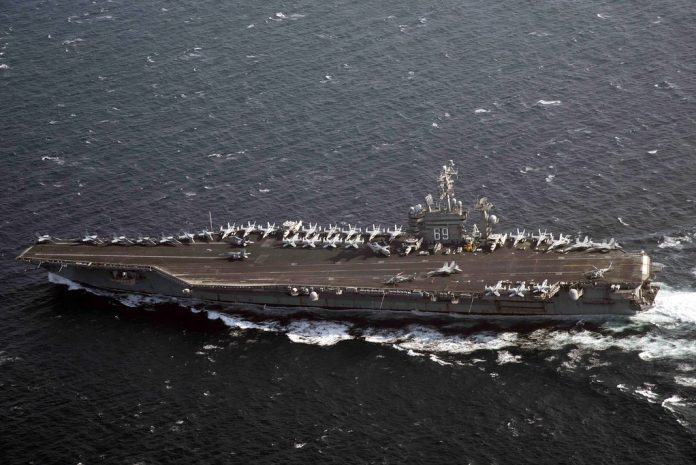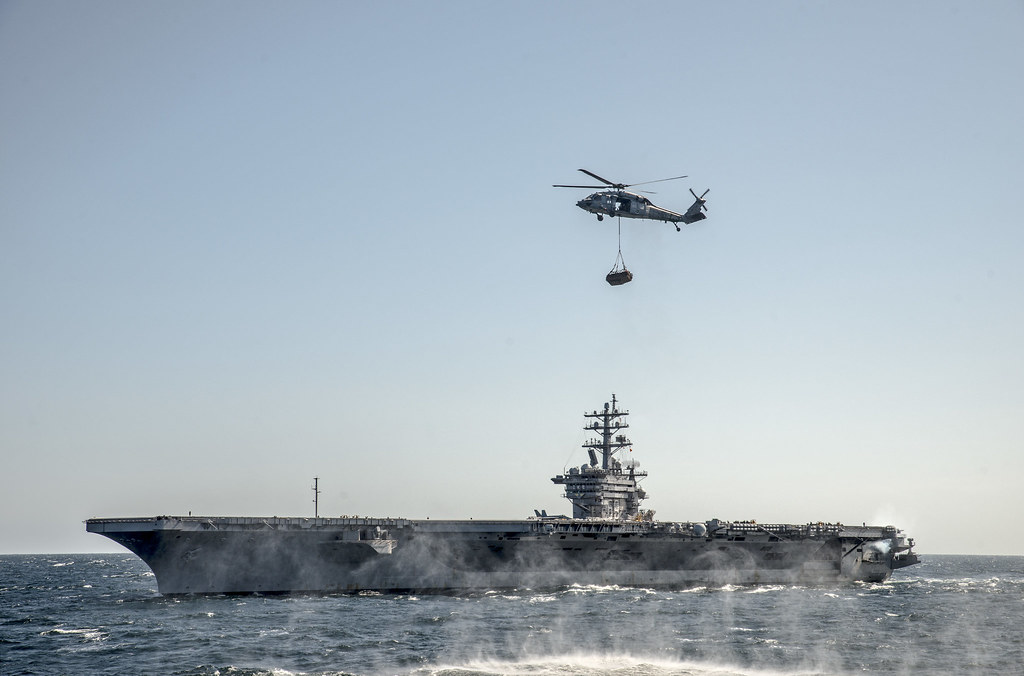
The nuclear-powered Nimitz-class supercarrier USS Dwight D. Eisenhower (IKECSG) has recently marked its strategic presence in the Eastern Mediterranean, fortifying the U.S. 6th Fleet’s operational reach.
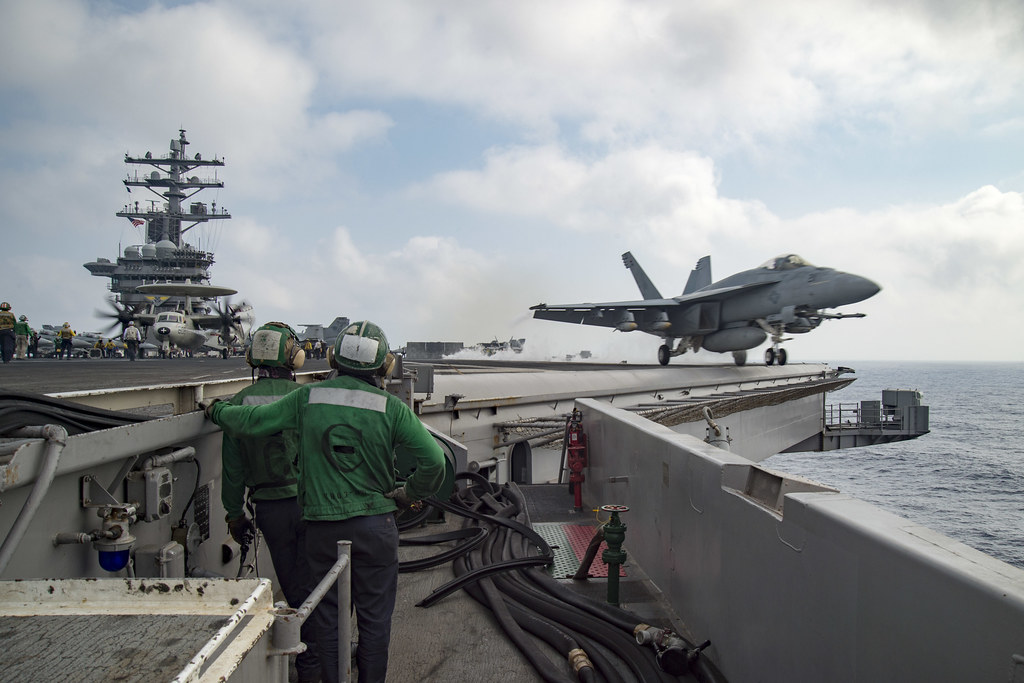
This pivot comes on the heels of a productive five-month tenure with the U.S. 5th Fleet, where it demonstrated its formidable prowess in various operations, notably against Houthi-controlled threats in Yemen.
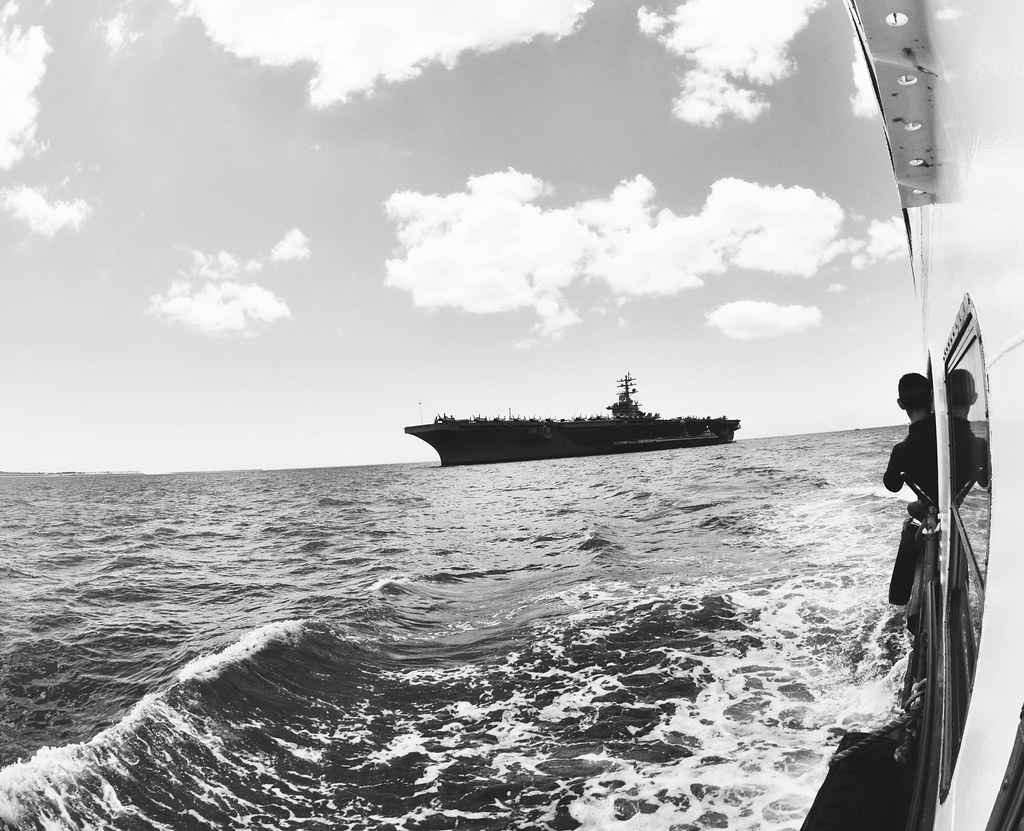
The carrier strike group, helmed by Carrier Strike Group (CSG) 2, showcases the U.S. Navy’s rapid response capabilities, including moving assets from maritime security operations in the Red Sea to new theaters of operations.

Rear Adm. Marc Miguez, commander of CSG-2, IKECSG, touted the group’s shift as “a small gesture of our ability to project combat superiority to any part of the globe.”
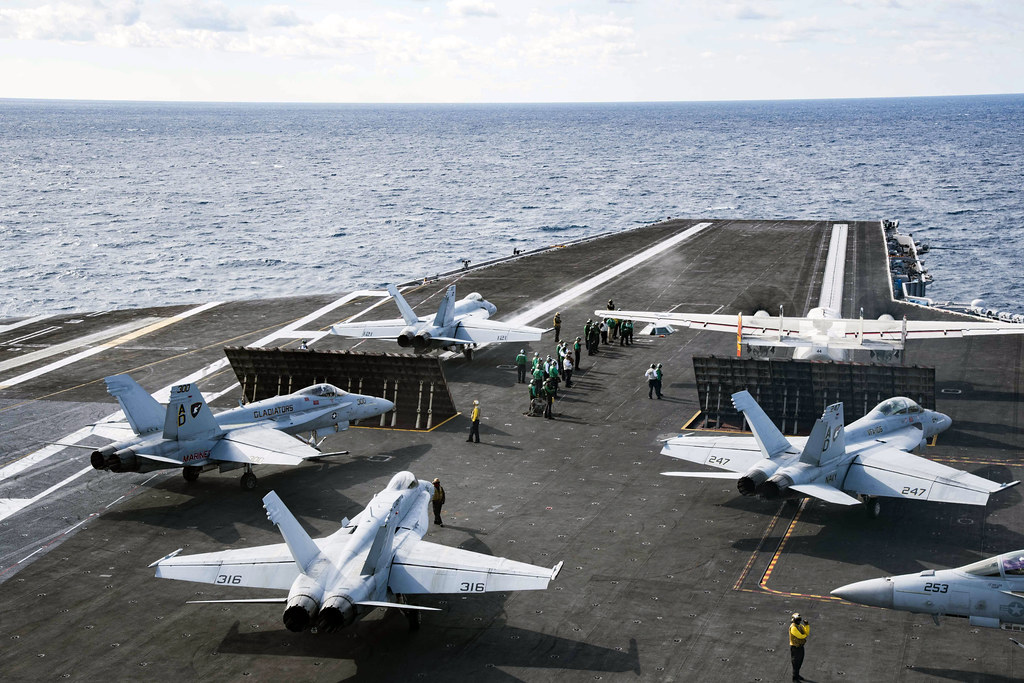
The Eisenhower Strike Group’s strategic repositioning is not only a testament to the U.S. Navy’s agility but also underscores the vessel’s continuing relevance in geopolitical maneuvering despite its approaching retirement.

The Eisenhower, second only to the USS Nimitz in age within the nuclear carrier fleet, was once slated for decommissioning as early as 2027.
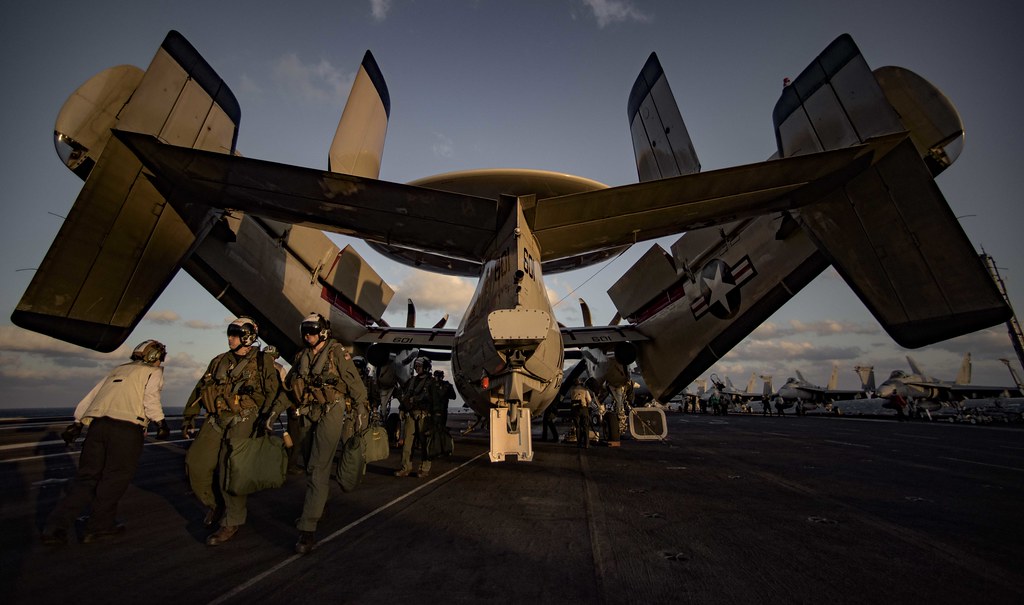
However, delays in the production and delivery of the advanced Gerald R. Ford-class carriers have necessitated an extension of the Eisenhower’s service life at least until 2029.

This extension offers a strategic advantage, as highlighted by Mark Cancian, a senior adviser with the Center for Strategic and International Studies, who observed that retaining the Eisenhower avoids a potential carrier gap and allows the Navy to maintain a robust global presence.
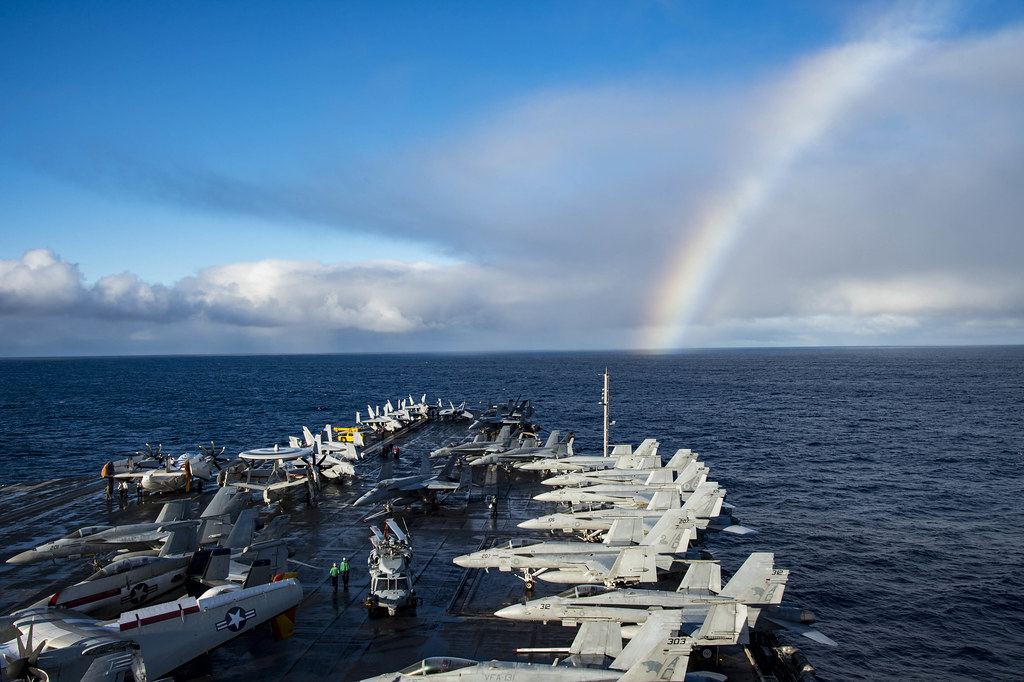
The ongoing challenges posed by Russia’s actions in Ukraine, the tensions in the Middle East, and China’s assertive posture in the Indo-Pacific region reinforce the significance of a strong carrier force.
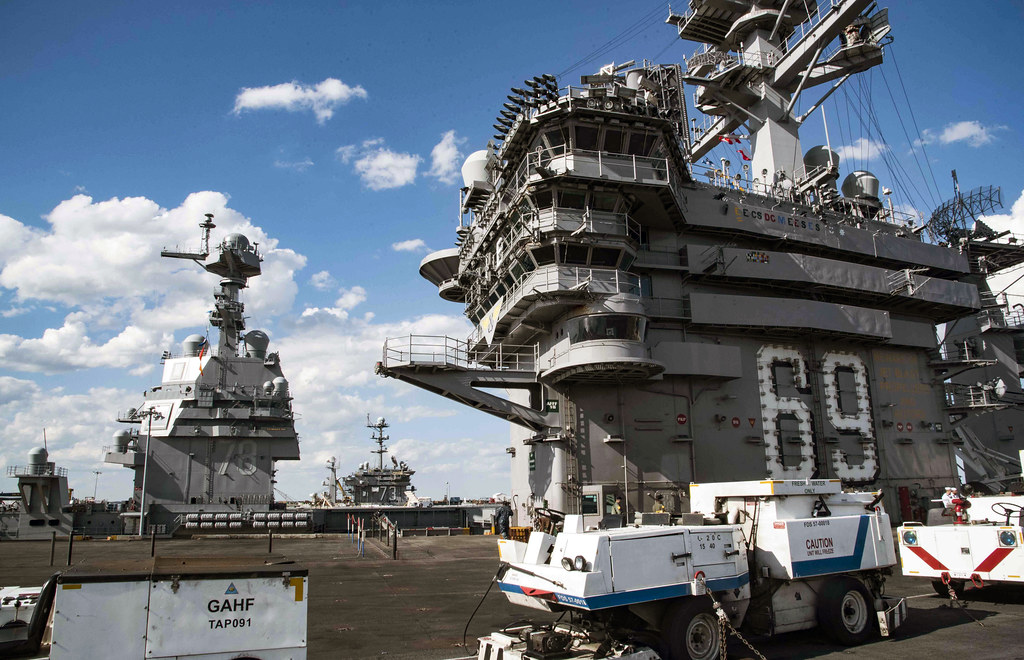
The Eisenhower’s durability is emblematic of the broader trend in U.S. carrier strategy, where maximizing operational life is critical to maintaining an effective force projection.
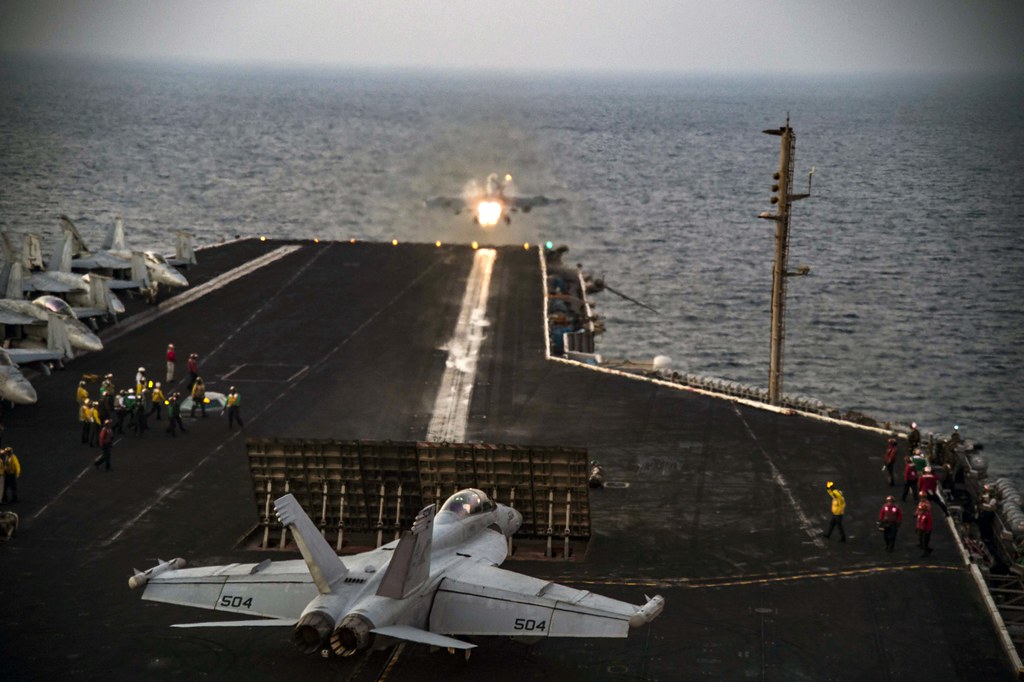
As Lt. j.g. Luke Bienstock, a Navy spokesman at the Pentagon, noted, the long delivery times for the new carriers such as the Enterprise, set for commissioning in 2029, and the Doris Miller, scheduled for 2032, necessitate creative planning in a world rife with conflict.
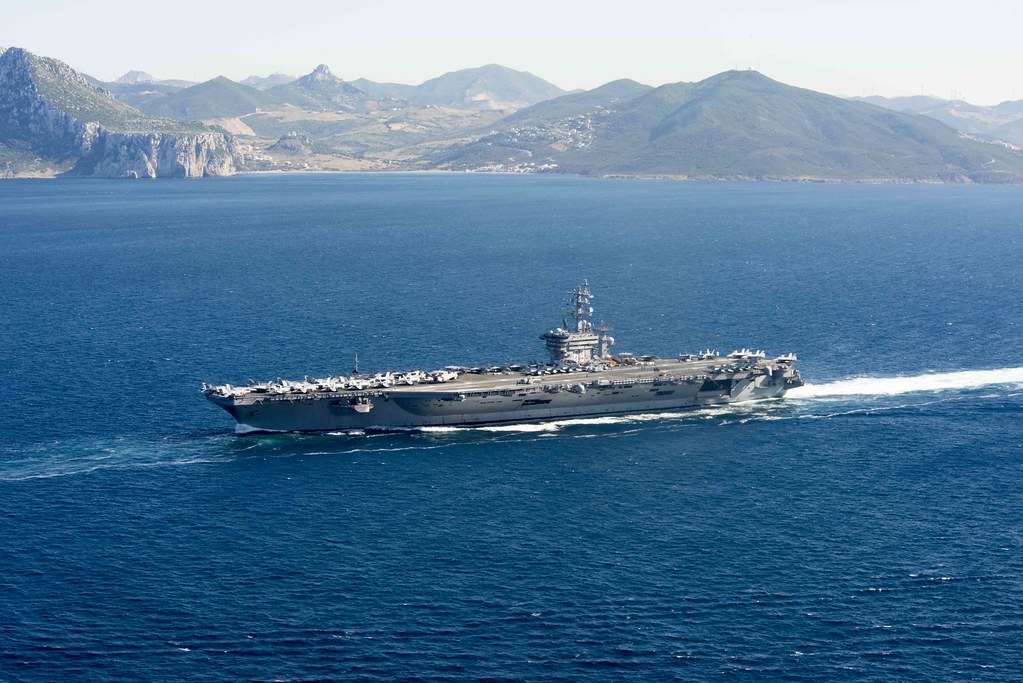
The Eisenhower’s deployment, paired with operations of the guided-missile cruiser USS Philippine Sea and guided-missile destroyers USS Gravely and USS Mason, is crucial in the face of multiple global threats.

This multifaceted engagement highlights the United States’ commitment to its allies and the importance of maritime security in key strategic areas, such as the Suez Canal, where a significant portion of world commerce transits.
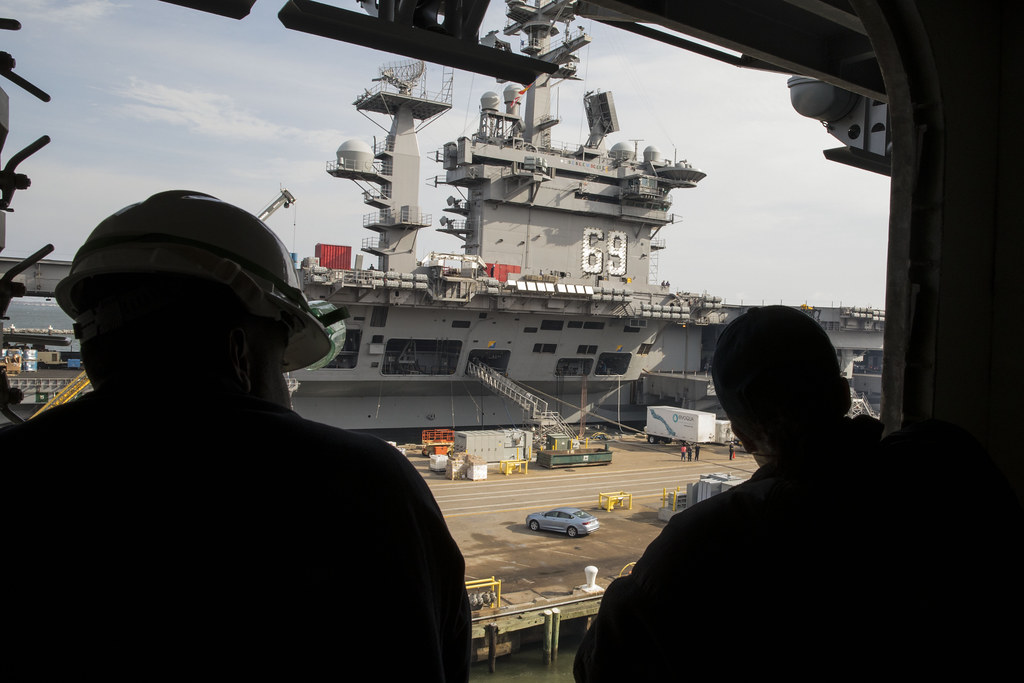
The Eisenhower Carrier Strike Group’s versatile deployments and the delayed retirement of the vessel underscore the continuous evolution and adaptation of U.S. naval power in an unpredictable global landscape.

As the Navy navigates technological advancements and operational demands, carriers like the Eisenhower remain at the heart of maritime strategy, symbolizing strength and resilience amid shifting geopolitical currents.
